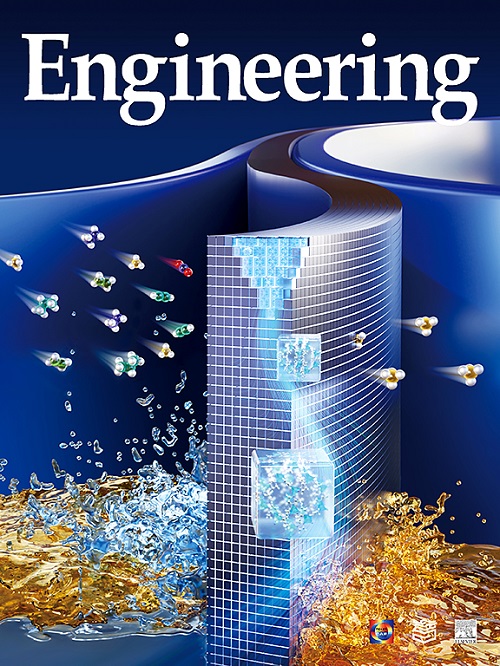前交叉韧带重建人工韧带的研究进展:从生物相容性到生物活性
IF 10.1
1区 工程技术
Q1 ENGINEERING, MULTIDISCIPLINARY
引用次数: 0
摘要
前交叉韧带(ACL)损伤通常是由运动损伤和外伤引起的。在完全撕裂的情况下,前交叉韧带重建(ACLR)手术是恢复韧带完整性的唯一方法。在选择移植物时,既要考虑潜在的并发症,也要考虑移植物的力学性能和愈合效果。人工韧带在临床上广泛应用于ACLR,大多数具有满意的生物相容性和短期随访结果。然而,与自体和同种异体移植相比,目前可用的人工韧带缺乏生物活性是一个主要的缺点。此外,一些长期随访结果揭示了人工韧带的其他缺点,如移植物衰竭和其他并发症。在这里,我们总结了提高人工韧带生物活性性能的尝试,因为这种修饰可能具有良好的临床转化潜力,并可以改善现有产品的长期疗效。本文章由计算机程序翻译,如有差异,请以英文原文为准。
Current Advances of Artificial Ligaments for Anterior Cruciate Ligament Reconstruction: From Biocompatibility to Bioactivity
Anterior cruciate ligament (ACL) injuries are frequently caused by sports injuries and trauma. In cases involving complete tears, ACL reconstruction (ACLR) surgery is the only way to restore the ligament’s integrity. When selecting a graft, both the potential complications and the mechanical properties and healing efficacies should be considered. Artificial ligaments have been widely applied in clinical ACLR, and most have exhibited satisfactory biocompatibility and short-term follow-up results. Compared with autografts and allografts, however, the lack of bioactivity of currently available artificial ligaments is a major disadvantage. In addition, some long-term follow-up results have revealed other drawbacks of artificial ligaments, such as graft failure and other complications. Here, we summarize attempts to enhance the bioactive performance of artificial ligaments, as such modifications may have good potential for clinical translation and could improve the long-term outcomes of existing products.
求助全文
通过发布文献求助,成功后即可免费获取论文全文。
去求助
来源期刊

Engineering
Environmental Science-Environmental Engineering
自引率
1.60%
发文量
335
审稿时长
35 days
期刊介绍:
Engineering, an international open-access journal initiated by the Chinese Academy of Engineering (CAE) in 2015, serves as a distinguished platform for disseminating cutting-edge advancements in engineering R&D, sharing major research outputs, and highlighting key achievements worldwide. The journal's objectives encompass reporting progress in engineering science, fostering discussions on hot topics, addressing areas of interest, challenges, and prospects in engineering development, while considering human and environmental well-being and ethics in engineering. It aims to inspire breakthroughs and innovations with profound economic and social significance, propelling them to advanced international standards and transforming them into a new productive force. Ultimately, this endeavor seeks to bring about positive changes globally, benefit humanity, and shape a new future.
 求助内容:
求助内容: 应助结果提醒方式:
应助结果提醒方式:


